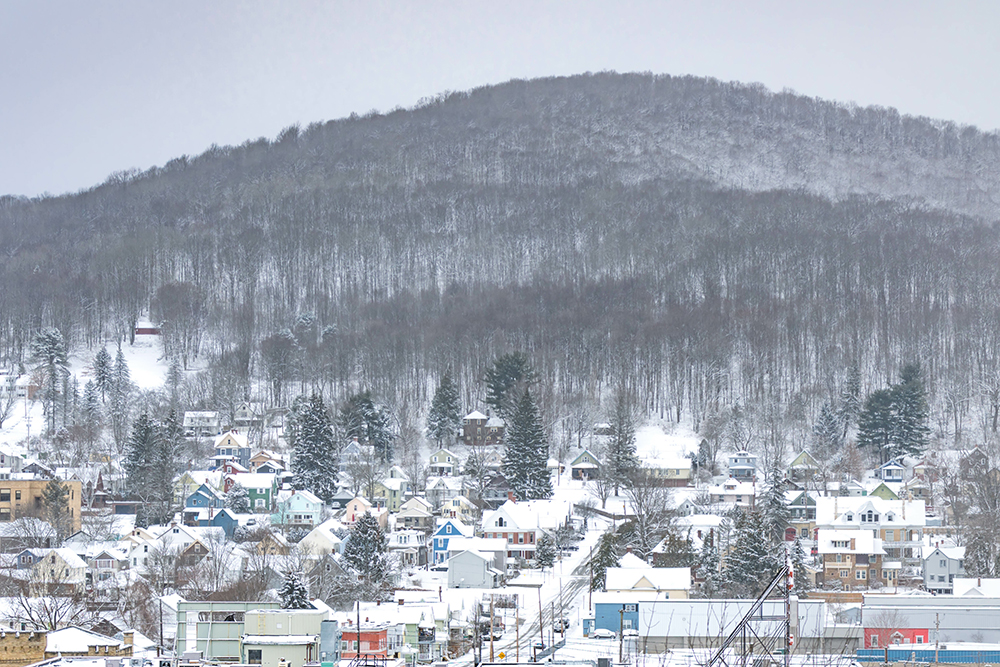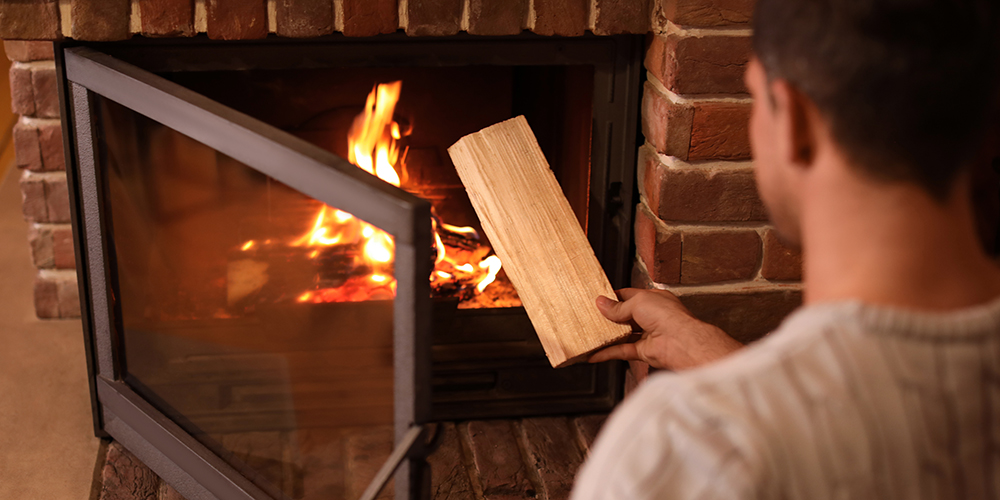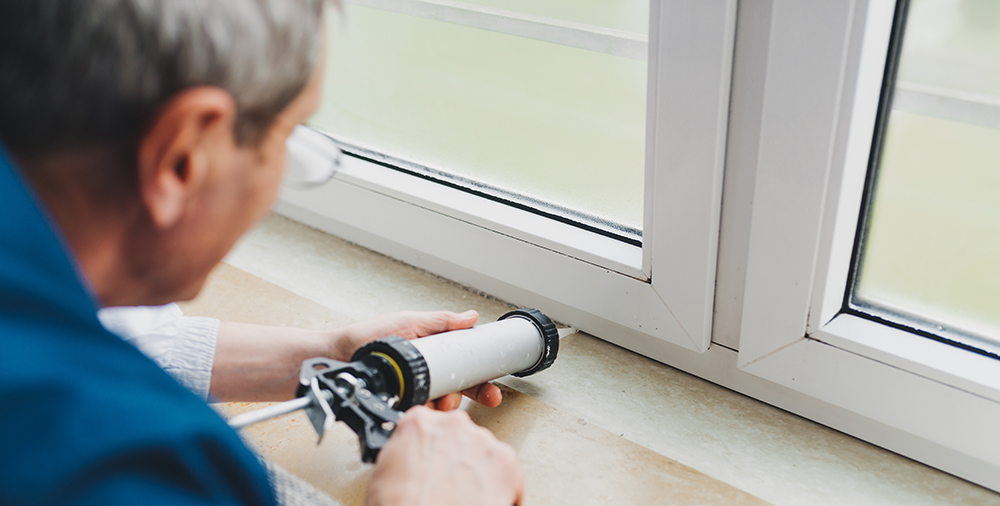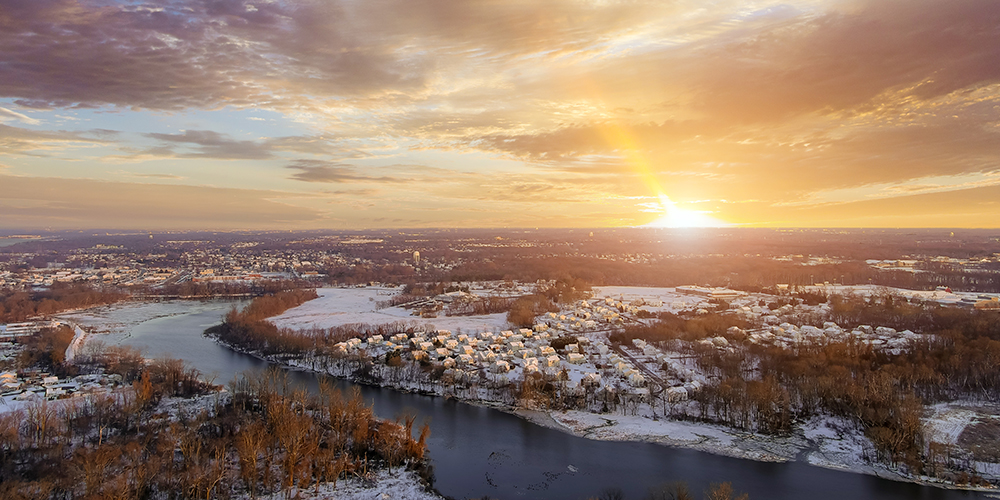Colder winter weather is here, and now is the time to save money on utility bills by winterizing your home. Home winterization can keep your home warmer while using less energy and costing less money.
According to the U.S. Energy Information Administration, the average Pennsylvania family spends more than $2,000 per year on energy bills, and energy costs continue to rise. Half the energy consumed in Pennsylvania homes is for heating inside spaces. Fortunately, homeowners can take small steps to make their home safe and more efficient. Take the time now to prepare for the weather ahead by making simple changes to your home. This can help you to stay warm, save money, and save energy.

Consider these tips this winter to keep your home running efficiently:
- Set back the thermostat; each degree lowered can save up to 3 percent on heating. A programmable thermostat, which costs as little as $20 at a local hardware store, can be programmed to be set back automatically at designated timeframes, saving residents more energy and money.
- Clean warm-air registers, baseboard heaters, and radiators regularly and make sure they are not blocked by furniture, carpeting, or drapes.
- Weather-strip windows and exterior doors where you can feel leakage. Check the bottom of the door to see if there’s a gap. If there is a gap of a quarter inch or more, significant air can flow in and out of the house. Install a door sweep on the bottom of the door. Weather-stripping for the windows and doors is available in foam, rubber, vinyl and metal. For homes without storm windows, consider purchasing a window insulator kit (plastic window coverings). Install insulating drapes or curtains for windows that still feel drafty after weatherizing.
- Use the sunlight to heat your home by opening the curtains on south-facing windows during sunny days and close all curtains at night.
- Check the door to the attic to make sure it seals well and closes tightly; some manufacturers make insulated attic covers.
- Do not heat unused spaces, other than as needed to prevent freezing of pipes. Close vents in unused rooms.
- If you have a wood stove, be sure to clean the flue vent and inside of the stove regularly.
- If you have a fireplace, reduce heat loss from the fireplace by keeping the damper closed; when open, warm air goes up the chimney. Install tempered glass and a heat-air exchange system that blows warmed air back into the room. Check the seal on the fireplace damper and ensure it is snug and add caulking around the hearth. It is a good idea to have a carbon monoxide monitor, as well.
- If you have a furnace, have it checked by a heating professional. This will make the unit more energy efficient, and provide peace of mind that it is running safely. A heating professional should check the exhaust flue and venting to prevent carbon monoxide poisoning. Be sure to replace the air filter as directed to keep the air in your home clean and the unit running well. A properly maintained furnace can result in a 10 percent reduction in fuel consumed.

The most cost-effective way to save energy in the home is to air seal and insulate.
- Be sure to air seal before insulating as insulation material will not block leaks.
- Find and seal air leaks with caulk around windows, doors, gaps around chimneys, and recessed lights in insulated ceilings.
- Fill larger cracks with spray foam. Always follow the directions on the caulking and spray foam containers to ensure proper adherence and safety.
- After all the cracks are filled, you can install the insulation. Use the U.S. Department of Energy’s insulation page to determine what kind of insulation you should use and how to put it in your home.
For more information about home weatherization, visit dep.pa.gov.

Here’s a list of helpful resources to learn more about energy efficiency:
For a more comprehensive, whole-house approach to long-term energy and dollar savings, schedule a home energy audit by checking with your electric utility and finding a certified auditor.
More tips to save energy, find financial assistance, and shop for an electricity supplier can be found at the PA PUC’s consumer information page.
Learn more about financial incentives from your electric distribution company.
See if you can take advantage of available tax credits for products such as geothermal heat pumps, small wind turbines, solar energy, fuel cells, and microturbine systems.
The U.S. Department of Energy’s Energy Saver website contains several energy saving tips in addition to more comprehensive information about saving energy.
